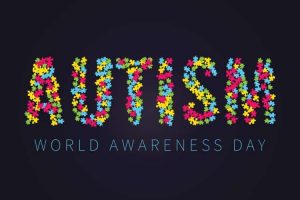
APRIL is Autism Awareness Month!!
Autism Spectrum Disorder (Autism)
What Is Autism Spectrum Disorder?
Autism (say: AW-tiz-um) spectrum disorder is a difference in the way a kid’s brain develops. Kids with autism may have trouble understanding the world around them.
What’s It Like to Have Autism Spectrum Disorder?
A kid with autism might have trouble:
- talking and learning the meaning of words
- making friends or fitting in
- dealing with changes (like trying new foods, having a substitute teacher, or having toys moved from their normal places)
- dealing with loud noises, bright lights, or crowds
Kids also might move in an unusual way (like flapping their hands) or do the same thing over and over (like saying the same word). A kid with autism may have a little trouble with these things, or a lot. Some kids need only a little bit of help, and others might need a lot of help with learning and doing everyday stuff.
What Causes Autism?
Autism is something people are born with. No one knows exactly what causes it. It probably has something to do with a kid’s genes and other things that change the way the brain develops.
How Is Autism Diagnosed?
Doctors check babies and little kids for signs of autism at every checkup. A parent may think that something is wrong and tell the doctor. Maybe the child is old enough to speak but doesn’t. Or a kid doesn’t seem interested in people or plays in unusual ways. When a doctor thinks a kid might have autism, he or she will work with a team of experts to see if it is autism or something else.
How Is Autism Spectrum Disorder Treated?
There is no cure for autism, but treatment can make a big difference. The younger kids are when they start treatment, the better. Doctors, therapists, and special education teachers can help kids learn to talk, play, and learn. Therapists also help kids learn about making friends, taking turns, and getting along.
HEALTH RISKS AREN’T SO SWEET!!!
Most people know that North Americans eat far more than the recommended daily does of sugar, which is up to 20 grams per day for women and up to 36 grams per day for men. In fact, the average person consumes about 66 grams of added sugar per day- That adds up to about 53 pounds of extra sugar every year!
Sugar by any other name is still bad for your health. Read food labels and steer clear of ingredients that indicate added sugars and sugar substitutes:
|
|
|
|
|
|
|
|
|
|
|
|
Can’t Fight the Craving? Choose a Healthier Alternative!!
These sweetener options are healthier than table sugar, but they can still derail your diet—be careful not to overuse them:
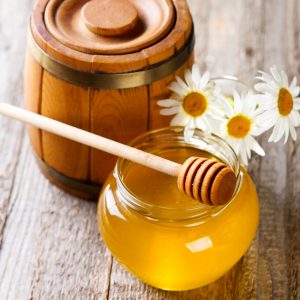
Honey is an all-natural sweetener with a wide array of vitamins, minerals, amino acids
and antioxidants. Try it as a marinade, as a sauce or in tea!To swap sugar for honey in a
recipe, simply use the same amount of honey as you would
sugar.
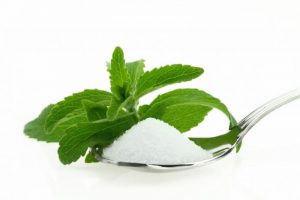
Stevia is a low-calorie sweetener that comes from a plant native to
Paraguay and Brazil. It is 200 times sweeter than table sugar, so a little goes a long way. Experiment until you find the right sweet spot for
you!
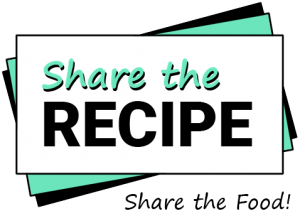
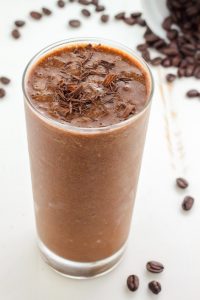
Sugar Free Choco Espresso Smoothie
A delicious chocolate and espresso beverage that can be made with low or no sugar added to it.
Prep Time 5 mins
Total Time 5 mins
Servings: -2 servings
Ingredients: Greek Yogurt- 1 cup see post for alternatives. You can keep this as close to sugar free as possible by using sugar free ingredients such as sugar free almond milk instead.
Espresso- 1 shot or 1 teaspoon of espresso powder.
Cocoa Powder no added sugar- 1 tablespoon (can use 1 tablespoon chocolate syrup instead)
Sweetener- 1 teaspoon equivalent to sugar. See this post for alternatives.
Ice- about 1/4 cup or 4-6 cubes depending on size.
1 frozen banana to thicken up your smoothie if you are using any kind of milk, and/or whipped cream topping.
Optional: Protein Powder instead of cocoa powder
Instructions: Obviously, add all ingredients to a blender and blend until you reach your desired consistency. Serve cold.
